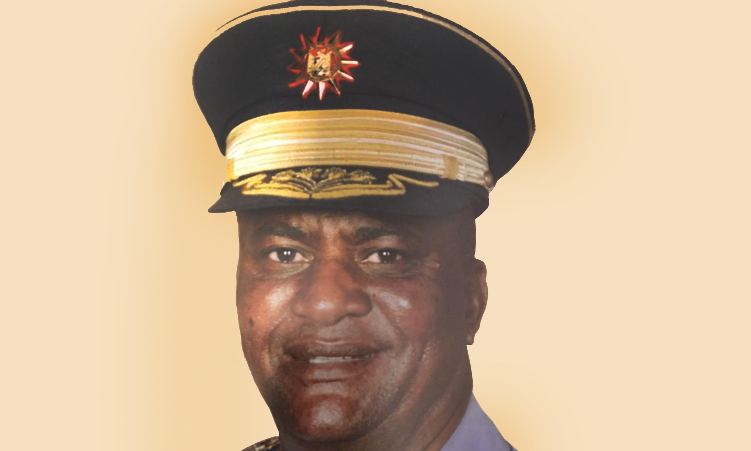The principle embodying the minimum use of force became firmly established with the creation of the modern police system in 1829.
During the second half of the 18th century and early 19th century, there was essentially a conflict between those who viewed having a police force as an assault on people’s liberty, and those who recognised that a police system was the only way in which liberty could be preserved.
This conflict arose largely because of public ignorance about how the law operated and particularly how it could be enforced.
Lawlessness and disorder had prompted more restrictive laws and severe punishment, but these had had little impact on the problem.
Therefore most law enforcement agencies have policies that guide the use of force in maintaining the law.
These policies describe an escalating series of actions to resolve a situation.
This continuum generally has many levels and officers are instructed to respond with a level of force appropriate to the situation, acknowledging that the officer may have to move from one part of the continuum to another in a matter of seconds.
LEVEL OF FORCE
The levels of force include:
- An officer’s presence and no force is used. The mere presence of a law enforcement officer deters a crime or diffuses a situation.
- Basic verbal and physical restraint. Giving calm, non-threatening commands in an attempt to gain compliance.
- Empty-hand control: The use of bodily force or physical restraint to gain control of a situation through soft and hard techniques, less-lethal force, such as using a baton to immobilise a combative person, or a chemical spray or conducting energy devices.
- Lethal force: Where officers may eventually use lethal means, such as a weapon, to gain control of a situation.
There’s no single, universally agreed-on definition of use of force.
The International Association of Chiefs of Police has described force as the “amount of effort required by police to compel compliance by an unwilling subject”.
Hence, officers receive individual guidance from their individual agencies, but no universal set of rules governs when officers should use force and how much.
No two situations are the same, nor are any two officers. It depends on applicable legislation in a given country.
LAST RESORT
Situational awareness is always essential and officers are trained to judge when a crisis requires force. In most cases, time becomes the key variable.
Broadly speaking, the level of force varies based on the situation. As a result, guidelines are based on many factors, including an officer’s level of training and experience.
The goal is to regain control of a situation as soon as possible, while protecting the community.
However, the use of force is the last option and only when other practices are ineffective.
Principally, whenever police officers use force it must be legally justified. This applies both to the circumstances and the amount of force used.
In circumstances where force is authorised, the police may only use the minimum force reasonable under the circumstances.
Excessive force is undesirable and is a type of police brutality that refers to using force beyond what the situation demands.
LETHAL FORCE
Importantly, the Namibian Constitution, article 6 (Protection of Life), guarantees that everyone’s right to life shall be respected and protected.
In contrast to Namibia, South Africa’s law on arrests incorporates the requirements of reasonable necessity and proportionality in respect of situations where a suspect resists arrest or attempts to flee, and where deadly force may be deemed justifiable.
The first involves self defence, but only when there is a threat of serious violence to an arresting officer or anyone else.
Secondly, if someone is reasonably suspected of committing a crime involving serious bodily harm.
This would apply where it appears any lesser degree of force would be ineffective.
In summary, law enforcement officers are guided by respecting the four key principles of legality, necessity, proportionality, and accountability.
These principles govern a range of authorised options. It is not possible to determine ahead of time the proportional level of force for every possible situation.
Law enforcement officers are obliged to use sound judgement and exercise appropriate discretion as the foundation of their decision-making.
- Major general JB Tjivikua served in the Namibian Police for 27 years.
Stay informed with The Namibian – your source for credible journalism. Get in-depth reporting and opinions for
only N$85 a month. Invest in journalism, invest in democracy –
Subscribe Now!






